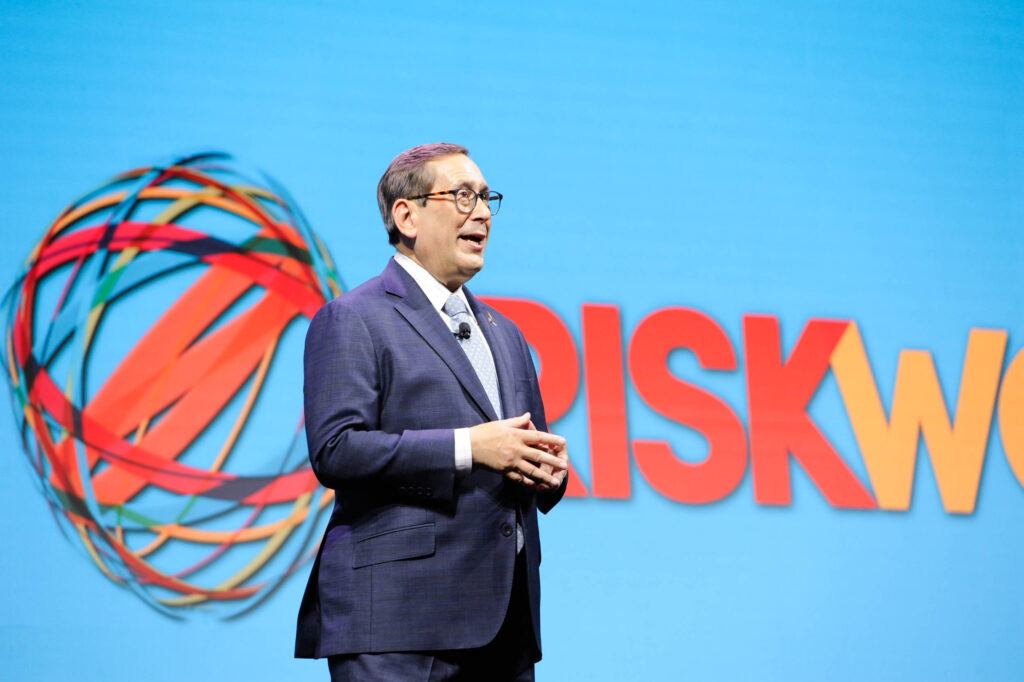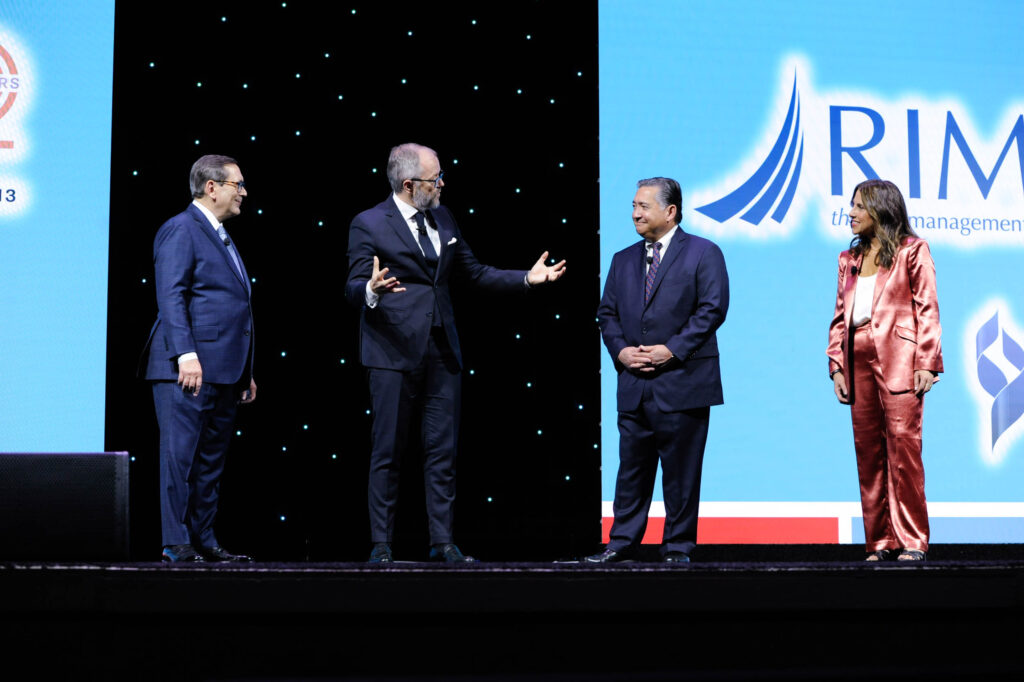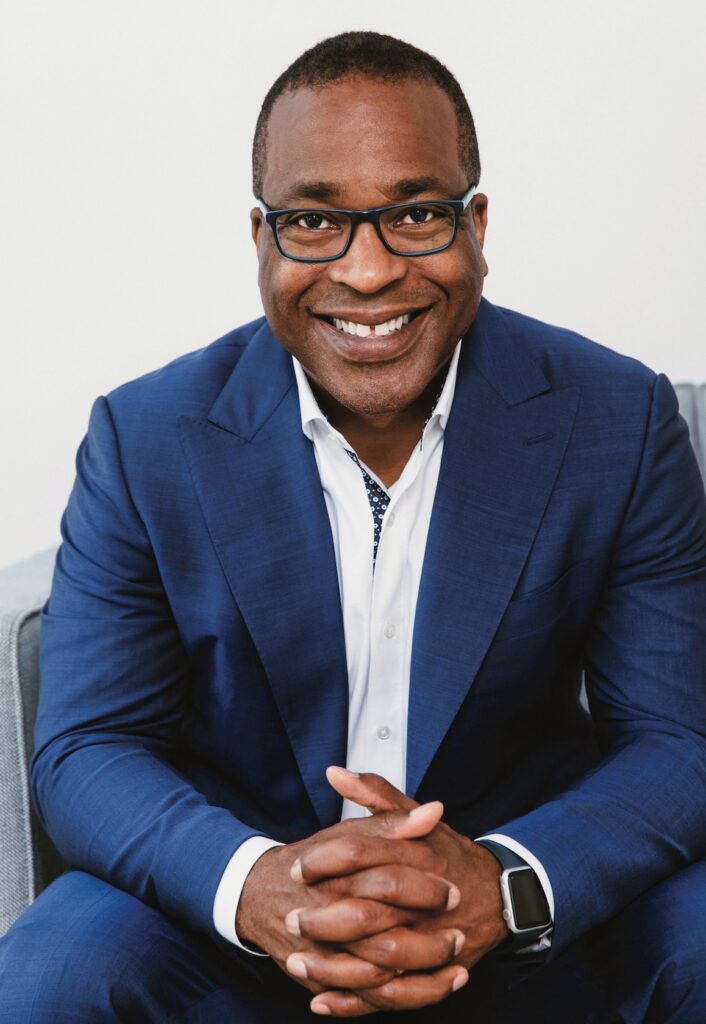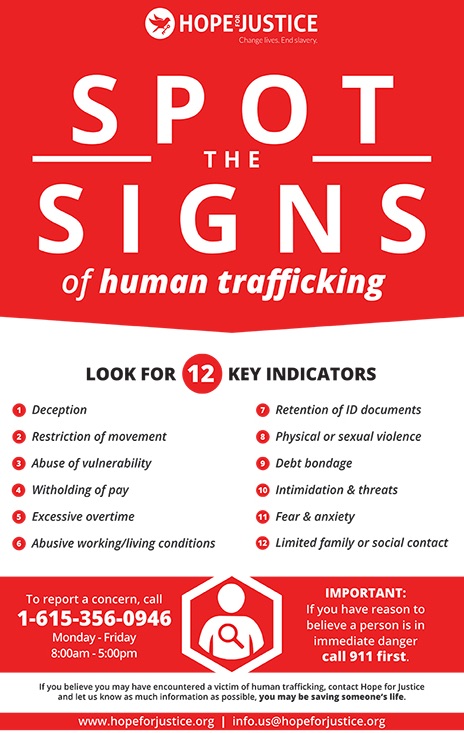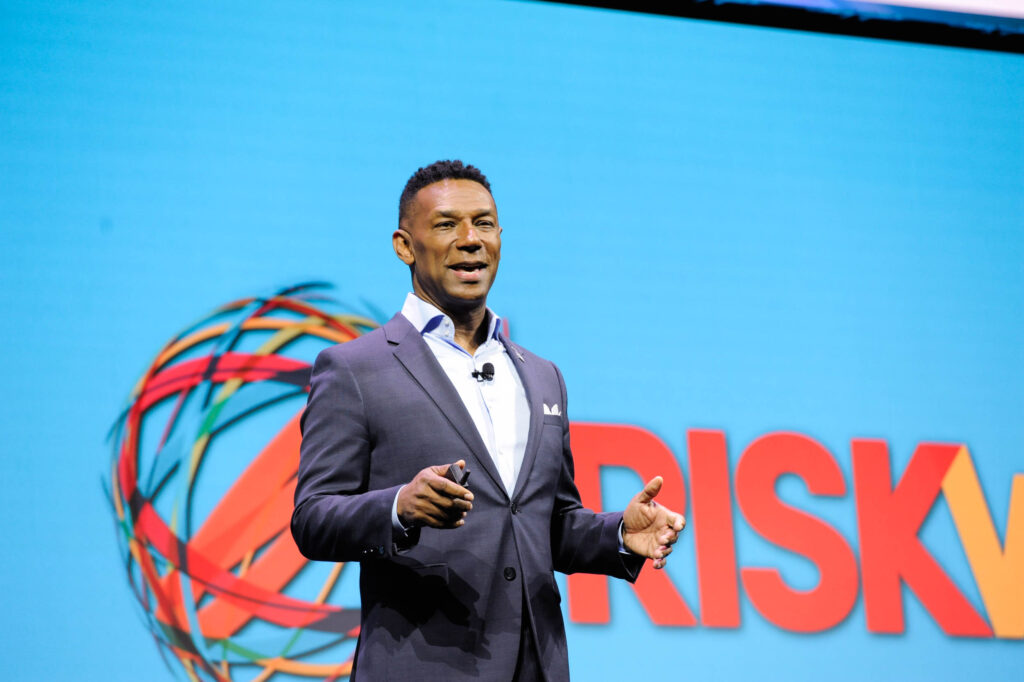
ATLANTA—RISKWORLD 2023 kicked off on Monday with a high-energy keynote delivered by Johnny C. Taylor, Jr., president and CEO of the Society for Human Resource Management (SHRM). Taylor looked back on the last three years as a time characterized by major shifts in the way work and operations are performed, suggesting that it was an opportunity for the risk profession to lean in to change.
Taylor transported the audience back to March 13, 2020, when after nearly a month of rising public health fears, Proclamation 9994 was announced by the White House, declaring a national emergency concerning the COVID-19 pandemic.
RISKWORLD 2023 kicked off on Monday with a high-energy keynote delivered by Johnny C. Taylor, Jr., president and CEO of the Society for Human Resource Management (SHRM). Taylor looked back on the last three years as a time characterized by major shifts in the way work and operations are performed, suggesting that it was an opportunity for the risk profession to lean in to change.
“The way we work changed on that day,” Taylor said. He also noted the correlation of the change in the thesis for his book—from The Great Pause to The Great Reset—to reflect the reality of the time more accurately. He said the data compiled changed, and became more qualitative. “The data we collected told the story about employees saw the world.
”
Based on data and interviews, along with anecdotes from his own experience leading SHRM, Taylor offered “survival tips” for the audience to use in an effort to navigate patterns in employment and productivity.
One tip was to flip the script on recent employment trends, such as how the “Great Resignation” of 2020 and 2021 has evolved into what he referred to as “The Great Regret” of 2023.
He referenced the 9.9 million currently open jobs as a negative, but one that risk professionals can help correct through methods that may have seemed counterintuitive just five years ago, such as likening career and hiring patterns to a boomerang for the employee and employer. Taylor leans into this notion by contacting recently departed employees at 30-, 60- and 90-day intervals, to gauge if their new endeavors are gaining traction and whether their return would be suitable.
“The best companies are doing this more and more,” he said. “We know regret is real and employees who felt the grass is greener realize it might not always be the case.
If someone was a great performer and left on the right terms, you should consider [reaching back to them].”
He also encouraged attendees to look within improve their hiring and employment practices. “You must not only hire for someone’s technical competencies and ability to do the job, but they must be culturally aligned,” he said. “News alert: They can’t be culturally aligned if you don’t have clarity around what your culture is. Do that, and you’ll solve for 90% of the problems in the Great Reset.”

